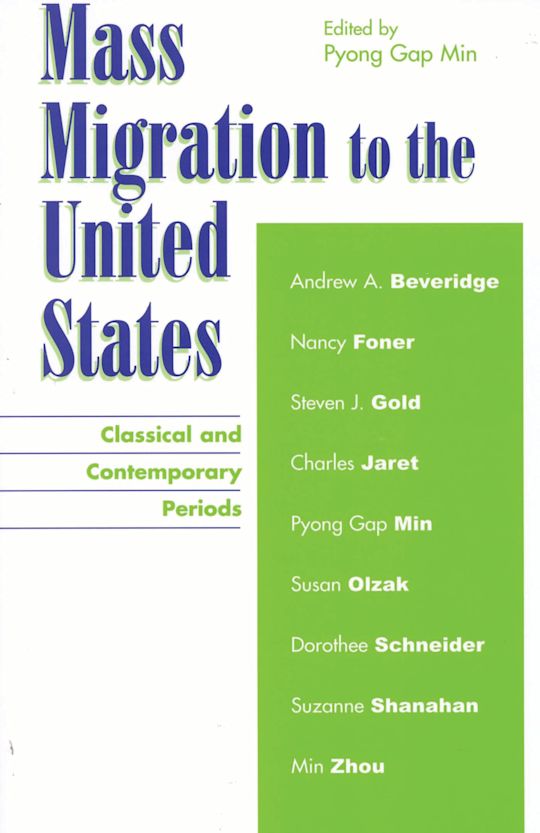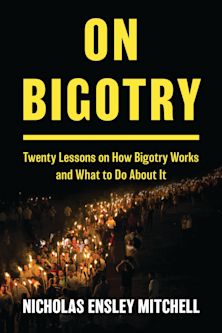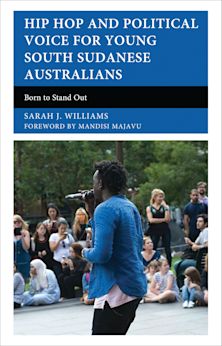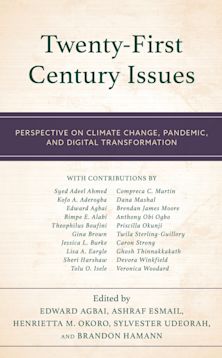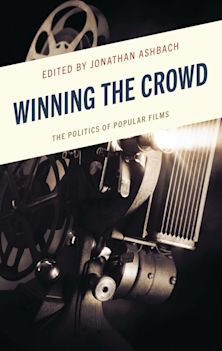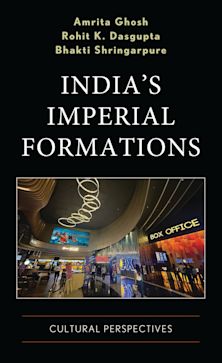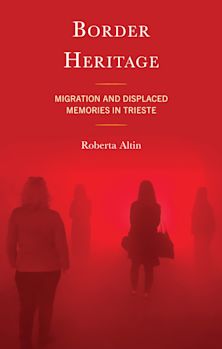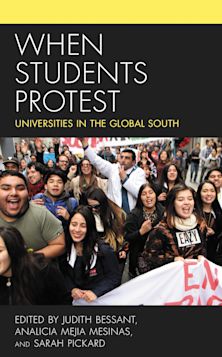- Home
- ACADEMIC
- Politics & International Relations
- Politics - Other
- Mass Migration to the United States
Mass Migration to the United States
Classical and Contemporary Periods
Pyong Gap Min (Anthology Editor) , Andrew Beveridge (Contributor) , Nancy Foner (Contributor) , Steven J. Gold (Contributor) , Charles Jaret (Contributor) , Susan Olzak (Contributor) , Dorothee Schneider (Contributor) , Suzanne Shanahan (Contributor) , Min Zhou (Contributor)
- Textbook
Mass Migration to the United States
Classical and Contemporary Periods
Pyong Gap Min (Anthology Editor) , Andrew Beveridge (Contributor) , Nancy Foner (Contributor) , Steven J. Gold (Contributor) , Charles Jaret (Contributor) , Susan Olzak (Contributor) , Dorothee Schneider (Contributor) , Suzanne Shanahan (Contributor) , Min Zhou (Contributor)
- Textbook
Buy from Bloomsbury eTextBooks
You are now leaving the Bloomsbury Publishing website. Your eBook purchase will be with our partner https://www.vitalsource.com.
Your credit card statement will show this purchase originating from VitalSource Technologies. They will also provide any technical assistance you might require.
You must sign in to add this item to your wishlist. Please sign in or create an account
Description
During the mass migration period in the United States-between the years 1880 and 1930-an astounding 28 million people immigrated into the country. Min and his contributors offer a detailed evaluation of the differences and similarities between the immigrant groups from this earlier period and from the post-1965 contemporary period of immigration. In particular, they analyze trends in anti-immigrant attitudes and actions, changes in settlement patterns, entrepreneurship and business patterns, ethnic diversity, immigrant women's work, the intergenerational transmission of culture, and the naturalization process. The authors draw historical comparisons between the successive phases of immigration and the impact that they have had on evolving race relations in America. The book will be a valuable resource for instructors and researchers in the fields of immigration, race and ethnic studies, minorities and public policy, urban studies, ethnic history, demography, human geography, and sociology.
Table of Contents
Chapter 1: Troubled by Newcomers: Anti-Immigrant Attitudes and Action During Two Eras of Mass Migration
Chapter 2: The Changing Face of America: Contemporary Immigration and the Dynamics of Race/Ethnicity
Chapter 3: Immigration and Conflict in the United States
Chapter 4: Contemporary Immigrants' Advantages for Intergenerational Cultural Transmission
Chapter 5: Naturalization and US Citizenship in Two Periods of Mass Migration (1890-1930 and 1965-2000)
Chapter 6: Immigrant Residence and Immigrant Neighborhoods in New York, 1910 and 1990
Chapter 7: Immigrant Women and Work in New York City, Then and Now
Chapter 8: From "the Jazz Singer" to "What a Country": A Comparison of Jewish Immigrants to the U.S., 1880-1930 and 1965-1998
Chapter 9: A Comparison of Pre- and Post-1965 Asian Immigrant Businesses
Product details
| Published | 10 Sep 2002 |
|---|---|
| Format | Ebook (Epub & Mobi) |
| Edition | 1st |
| Extent | 336 |
| ISBN | 9780759116511 |
| Imprint | AltaMira Press |
| Publisher | Bloomsbury Publishing |
About the contributors
Reviews
-
Current migration to the United States naturally awakens comparative interest in America's last mass migration, the New Immigration of 1880-1924. Professor Min's Mass Migration to the United States now makes available an outstanding and unique collection of specialized articles each of which deals directly with a different aspect of this essential comparison. The results are sometimes surprising, and will require people to rethink simplistic historical analogies. This volume should be essential reading for anyone who wants to understand migration in American life.
Ivan Light, (University of California, Los Angeles)
-
The editor, sociologist Pyong Gap Min, has provided readers with a useful source of information about earlier and current immigration to the United States. The topics covered in each of the chapters provide sound data on important aspects of immigration including such issues as countries of origin, public opinion, sources of conflict, social mobility, rates of naturalization, and residence and neighborhood formation.
Journal of American Ethnic History
-
The volume demonstrates the value of comparative-historical research and formulates important questions for future research. Given the plethora of immigration studies, the book provides a novel, illuminating, and long overdue methodological angle. As such, it would be an excellent book to read for scholars in the field who need a fresh discussion fo immigration concepts and theories. It would also be useful for those exploring mass migration for the first time.
Susan Mannon, University of the Pacific, Ethnic and Racial Studies
-
American society is being transformed, once again, by immigration. More that one of five Americans are immigrants or the children of immigrants. Pyong Gap Min and his coauthors explain the impact of contemporary immigration-the post 1965 wave-to the United States with a systematic comparison of the present with the prior age in mass migration from 1880 to 1924. Although the new immigrants are from Latin America and Asia, compared to the European origins of the earlier wave of immigrants from Southern and Eastern Europe, there are many parallels between the two eras of immigration. The research findings reported here will be of interest to specialists and to undergraduate students.
Charles Hirschman, (University of Washington)









